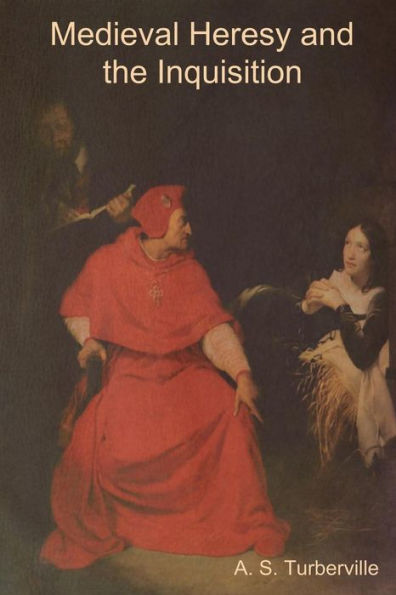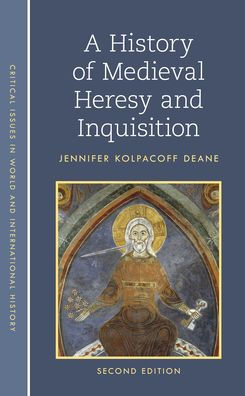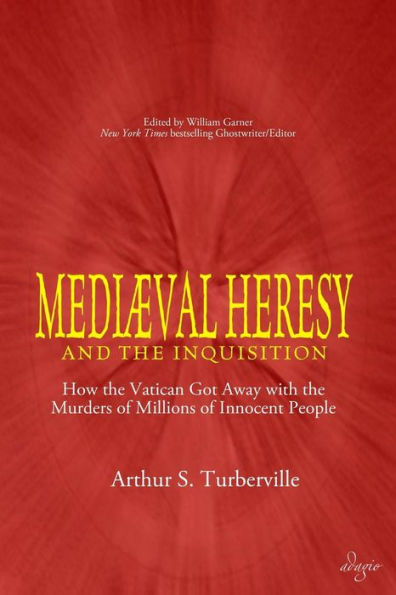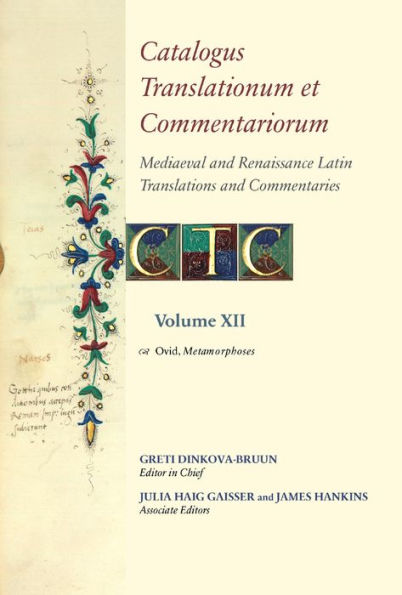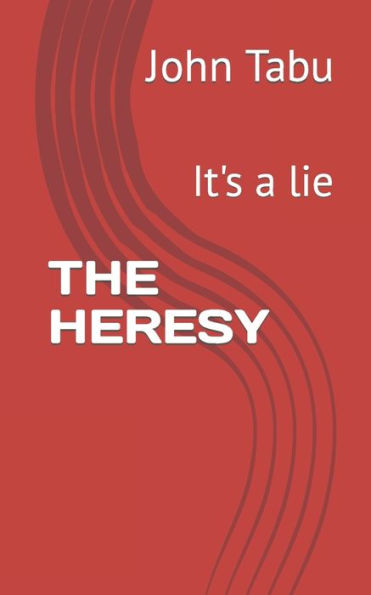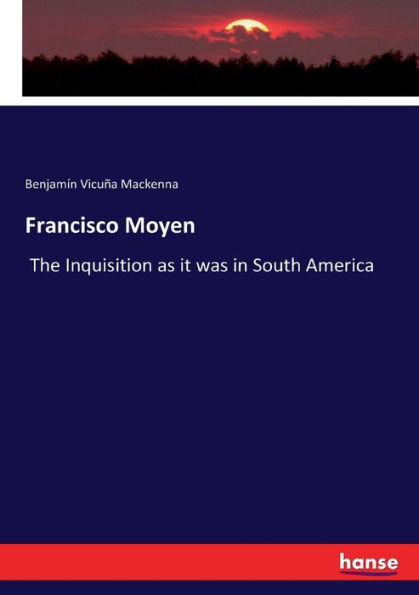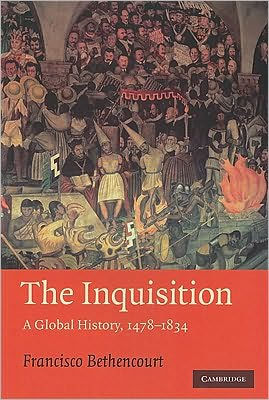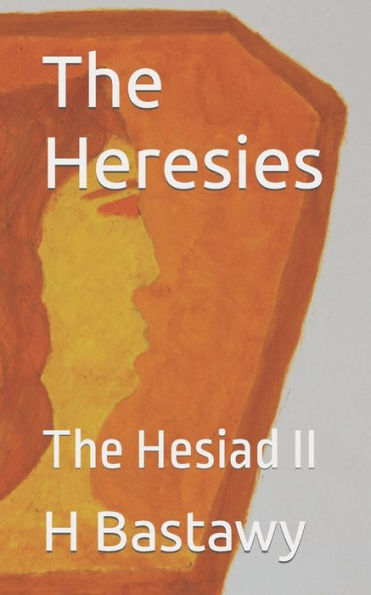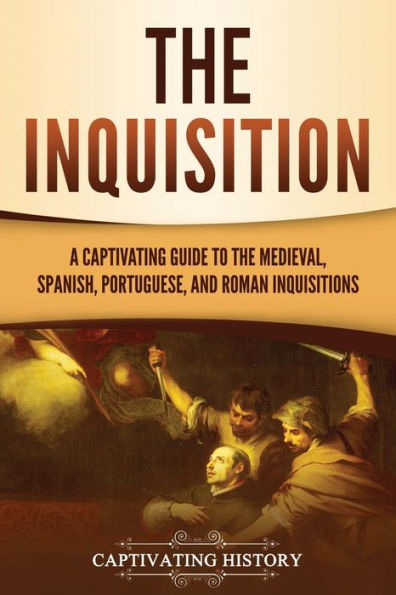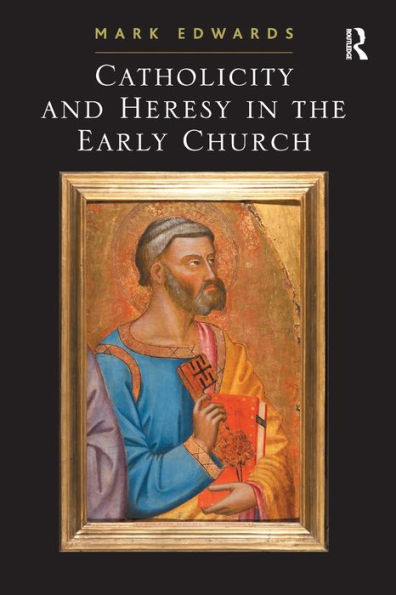Home
Mediaeval Heresy and the Inquisition: Annotated


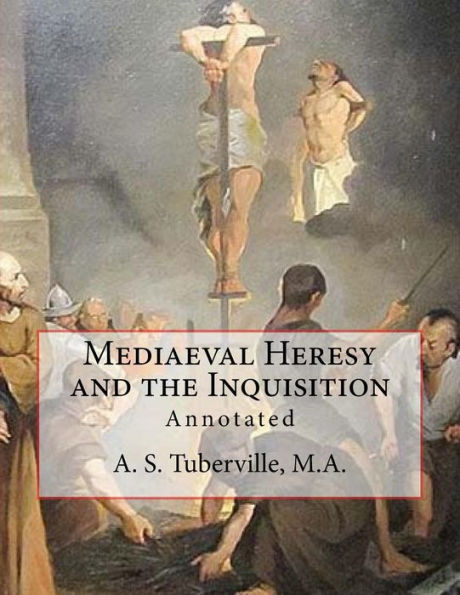
Mediaeval Heresy and the Inquisition: Annotated
Current price: $9.99
Loading Inventory...
Size: OS
The Inquisition was a group of institutions within the government system of the Catholic Church whose aim was to combat heresy. It started in 12th-century France to combat religious sectarianism, in particular the Cathars and the Waldensians. Other groups investigated later included the Spiritual Franciscans, the Hussites (followers of Jan Hus) and Beguines. Beginning in the 1250s, inquisitors were generally chosen from members of the Dominican Order, replacing the earlier practice of using local clergy as judges. The term Medieval Inquisition covers these courts up to mid-15th century.
During the Late Middle Ages and early Renaissance, the concept and scope of the Inquisition significantly expanded in response to the Protestant Reformation and the Catholic Counter-Reformation. It expanded to other European countries, resulting in the Spanish Inquisition and Portuguese Inquisition. The Spanish and Portuguese operated inquisitorial courts throughout their empires in Africa, Asia, and the Americas (resulting in the Peruvian Inquisition and Mexican Inquisition). The Spanish and Portuguese inquisitions focused particularly on the issue of Jewish anusim and Muslim converts to Catholicism, partly because these minority groups were more numerous in Spain and Portugal than in many other parts of Europe, and partly because they were often considered suspect due to the assumption that they had secretly reverted to their previous religions.
Except within the Papal States, the institution of the Inquisition was abolished in the early 19th century, after the Napoleonic Wars in Europe and after the Spanish American wars of independence in the Americas. The institution survived as part of the Roman Curia, but in 1908 was given the new name of "Supreme Sacred Congregation of the Holy Office". In 1965 it became the Congregation for the Doctrine of the Faith
